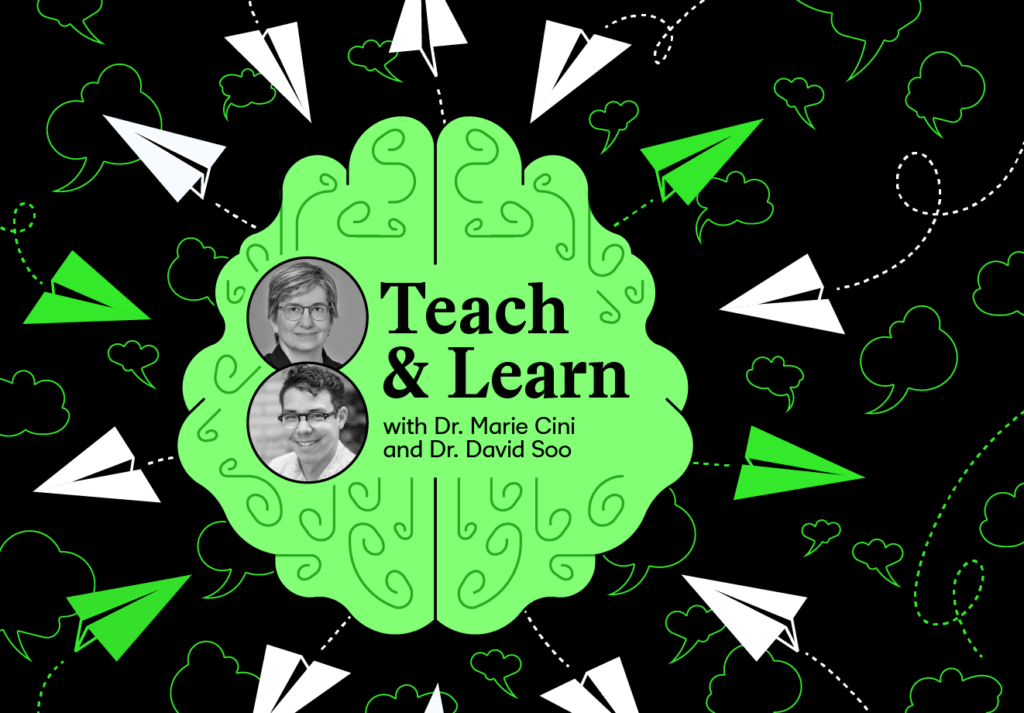Episode Description
In today’s episode, we unpack two of the most talked about terms in the education space: blended learning and micro-credentials. Whether you are for or against them, you can’t argue that they’re among the most talked about topics in the teaching and learning space today. To discuss this topic further, we welcomed Dr. Mark Brown, Director of the National Institute for Digital Learning (NIDL) based at Dublin City University. Dr. Brown and Dr. Ford discussed:
- Why the term ‘blended learning’ can and should have more than one definition.
- How blended learning could be a solution to making professional development for educators more accessible.
- The difference between a transformative mindset and a growth mindset
- The three things institutions should think about as they develop their micro-credential offerings.
Show Notes
01:00: An introduction to Dr. Mark Brown
05:53: Dr. Brown discusses his research on teacher professional development context and why blended learning may be the solution to the cost and time factors
08:32: Why Dr. Brown has never been a fan of the term ‘blended learning’
14:10: The importance of setting learning intentions
17:18: What the role of teachers and educators is
18:44: The difference between a transformative mindset and a growth mindset
27:04: How a hackathon focused on student assessments led to innovative testing solutions
32:48: How institutions can position themselves to take on micro-credentials
42:47: The difference between macro credentials and micro-credentials
